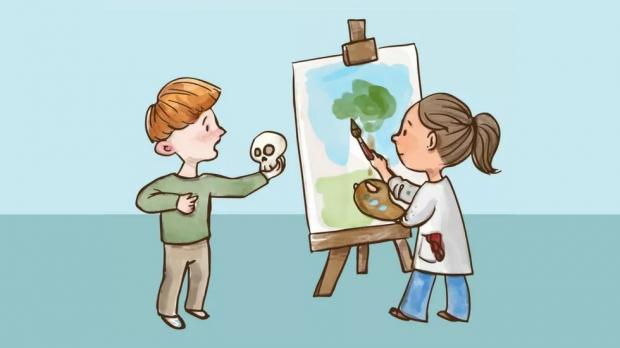
Neve Spicer is an arts education advocate, veteran music teacher, child development research nerd, and mother of three. Before going into teaching she was a professional oboist who toured with various orchestras and bands. To tie in with Arts in Education Week (September 13 – 19), the founder of WeTheParents, a parenting resource and blog that searches for simplicity and humour in family life, shares why, in this day and age of funding cuts to arts education, we should explore arts education as a valuable resource worth saving.
The arts play a tremendous role in gathering and inspiring people around the world. A love of getting creative often starts young, and arts education is one place where the seeds of youthful talent can grow into something greater. That’s not all there is to love about arts education, though. Research studies have demonstrated that studying art, music, and theatre in school has major potential to aid healthy child development.
Sadly, even with this in mind, dwindling school budgets leave arts programs in the lurch. They’re some of the first to be cut when funding drops, and they’re also the classes that get left behind in favour of “core academic” subjects like maths and the sciences. This leaves kids in the vulnerable position of missing out on a part of their curriculum that can benefit them physically, mentally, and socially.
Activism aimed at saving arts education has been ignited worldwide, as seen this September 13-19 during the US Arts in Education Week. It’s a great time to learn more about how art education benefits kids, including the innovative programs offered by West Ryde Day Care, how to advocate for arts in the classroom, and to celebrate the arts in all their forms.
Though the study of art comes with some obvious benefits, like improved skill through practice and opportunities for creative expression, the best of what it has to offer is less obvious on the surface.
A remarkable number of studies associate arts education with positive outcomes for kids, as this visualization indicates.

Keeping this in mind, the need to stand up for arts education is clear. It’s a part of curriculum that needs to stay around, and moreover be given the funding and time that research makes clear it deserves. To get involved with arts education advocacy in Australia, visit the National Advocates for Arts Education website.